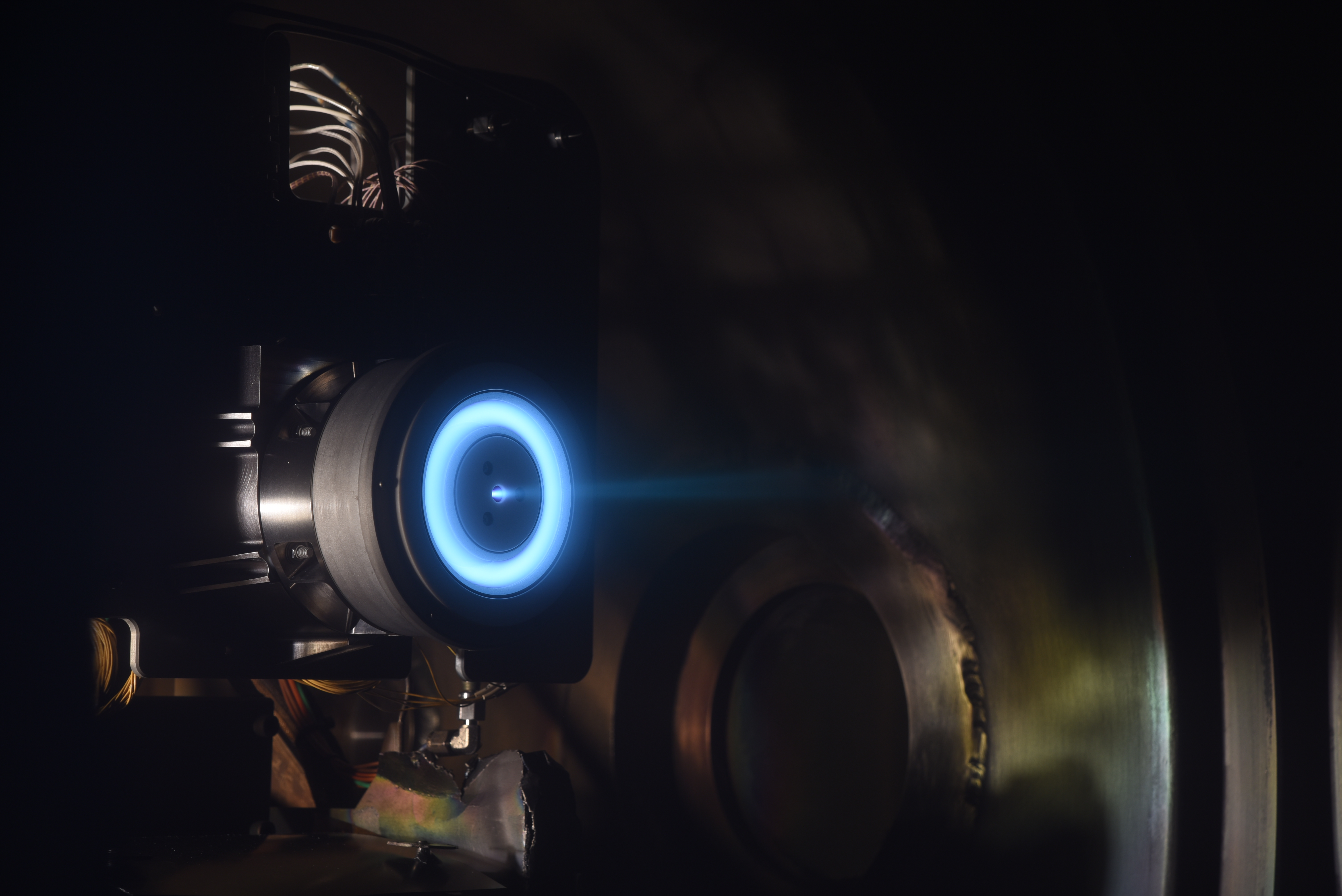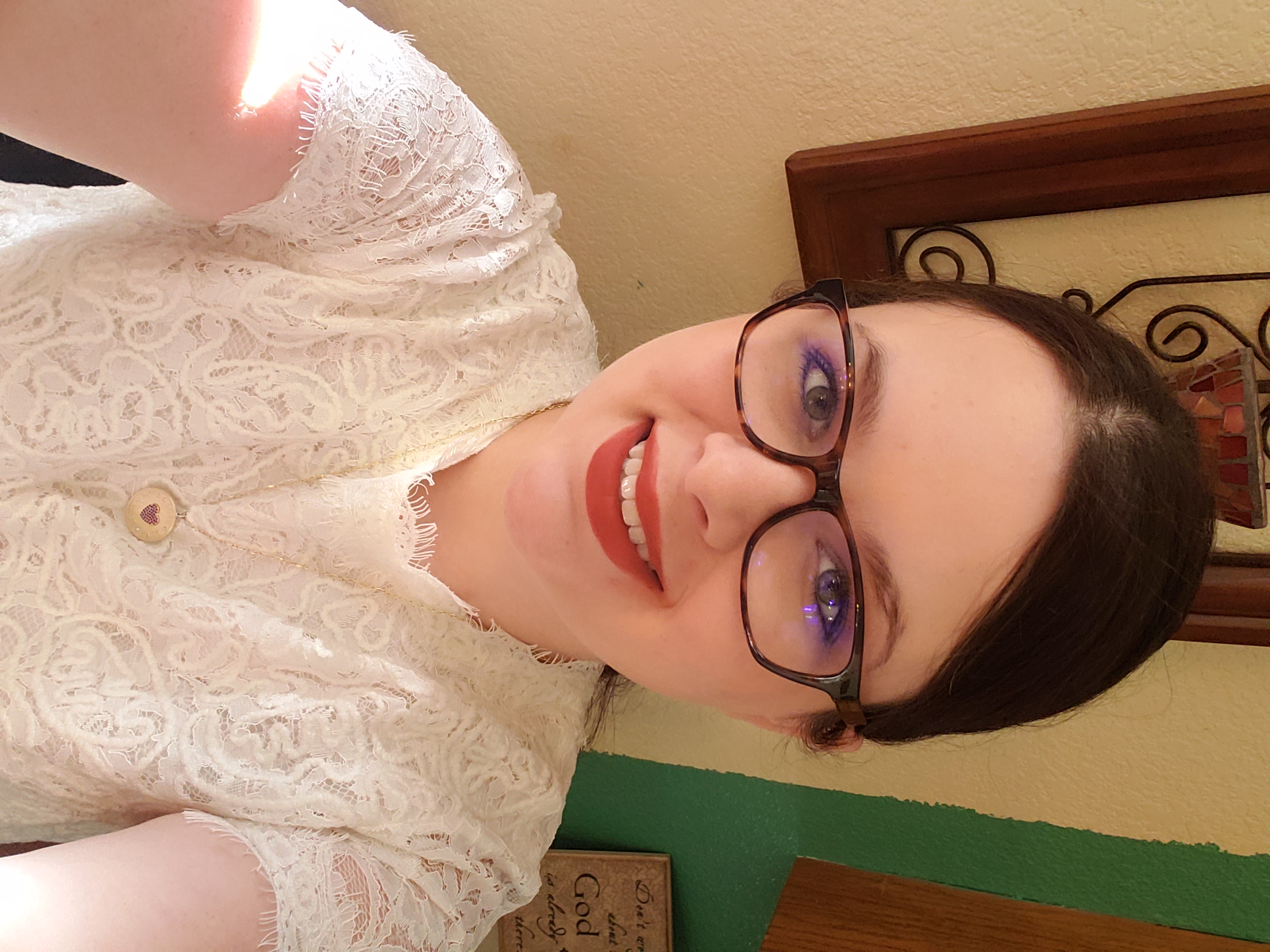Name: Elizabeth Apala
Title: Astrophysicist
Organization: Astrophysics Science Division, Science Directorate (Code 660)
What do you do and what is most interesting about your role here at Goddard? How do you help support Goddard’s mission?
I started worked for Goddard in November 2020. I spend half of my time working on diversity, equity and inclusion to help increase minority representation within our division and others; and I spend the other half of my time working on outreach. Eventually, I will spend a quarter of my time on outreach and a quarter on research.
What is your favorite part about your job?
I love working with people with a spark in their eyes, getting them the resources that they need and helping them grow.
What makes your Native American heritage important to you?
I grew up in Oklahoma in Choctaw Nation. I am a member of the Choctaw Nation and the Chickasaw Nation. To be considered a Native American, you have to trace your genealogy to the original Native Americans as compiled in the Dawes Rolls. Many generations ago, my family got their Certificate of Indian Blood (CIB) which applies to me.
Before the English and Spaniards arrived to America, there were over 500 tribes throughout the United States. It is so strange to me that Native Americans are so highlighted and their history is so rich where I grew up, but when I went to the East Coast, it seemed no one knew much about Native Americans. It was a culture shock.
Our history is horribly sad. We were subject to the largest genocides in history. Native Americans were forcibly removed, killed off and enslaved. We did not continue to be enslaved because we died off too easily due to contact with European diseases so we were not profitable as slaves.
If you do not know about Native Americans, do not be afraid to ask us questions. We are storytellers by blood. We pass down our traditions through stories, sometimes in our own languages, even though many of our languages are now dying.
What do you see as the tie between Native Americans and astrophysics?
We have always studied the stars. We have our own astronomy studies and Natives used the stars to navigate. Native Americans in general have our own stories to tell about the stars, our own mythology. We have fables about constellations that we tell our children. So it was natural for me to go into astrophysics.
Oklahoma has beautiful, clear skies. We produces a lot of astronauts, including some who are Native American. Astronaut John Harrington from space shuttle Endeavour’s STS-113 mission is a Chickasaw.
How do you approach encouraging Native Americans to consider Goddard as a career option?
We look up to our elders. We are here to protect and serve our land. Leaving our land is like leaving our culture. We have a very powerful connection to our land. My family all lives close to each other, on our land, which was passed down through the generations.
We belong to the land. It gives us life, happiness and health. It is where our ancestors walked, lived and thrived. My family and I represent our people, our ancestors who are now gone.
I contact minority students at various universities to try to get them interested in astrophysics at Goddard. I will soon also connect with public high school students. Native Americans have a very high dropout rate in high school. I would like to give them different paths to take. Telework may be a long-term option, which would allow us to hire Native Americans who would not leave their family and land. Short-term internships are another option.
Who are your mentors and what was their advice?
I work for Rita Sambruna and Amber Straughn. Rita has taught me to be very creative. Amber has taught me perseverance.
I am star struck by both. Their passion is so strong they have sparks in their eyes. It is very cool to work for two people who have Wikipedia pages.
What research area interests you?
I wrote my master’s thesis on galaxy evolution. It is absolutely fascinating! The growth of a galaxy is moving art. We only see a small part of our galaxy from Earth. There are many other galaxies. It is beautiful.
Is there something surprising about your hobbies outside of work that people do not generally know?
I live in the Choctaw Nation of Oklahoma. I currently raise six pygmy and Nigerian dwarf goats and over sixty Celadon and Coturnix quail. I have some very funny goats, each with its own voice. One, my little Romeo, can escape out of anything and then stand out on the middle of the road, stopping traffic.
I sell the younger goats, the quail and their eggs. Quail meat and eggs are full of omega-3, have lower fat than a chicken egg, and are the ultimate healthy animal.
I also translate songs into American Sign Language. Sign language is the most natural language because most of us use our hands when we talk. I use my hands to sign the meaning of the words and my body language to demonstrate the music’s beat and feel.
By Elizabeth M. Jarrell
NASA’s Goddard Space Flight Center, Greenbelt, Md.

Conversations With Goddard is a collection of Q&A profiles highlighting the breadth and depth of NASA’s Goddard Space Flight Center’s talented and diverse workforce. The Conversations have been published twice a month on average since May 2011. Read past editions on Goddard’s “Our People” webpage.




























